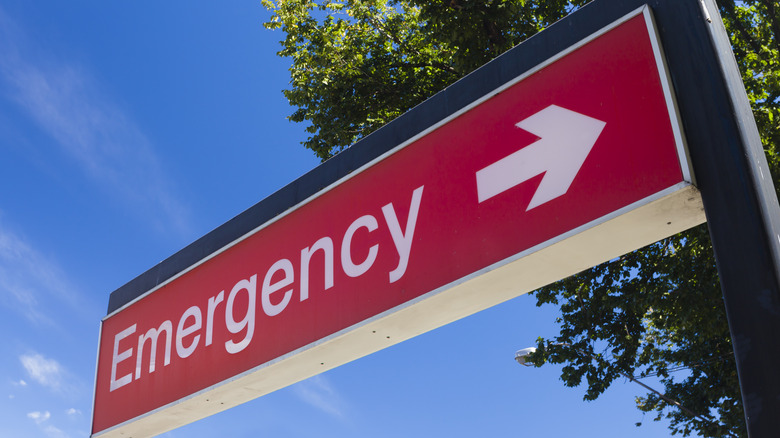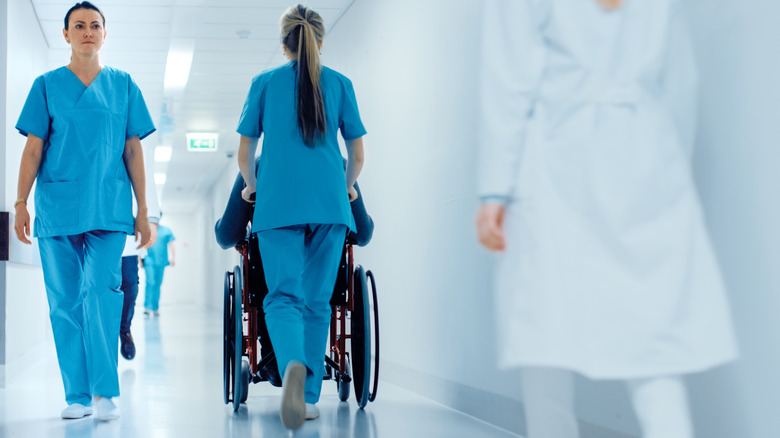Will You Wait Longer For Emergency Care Due To Your Race And Gender?
An average of 130 million people in the United States find themselves in the emergency room for one reason or another, according to statistics gathered by the Centers for Disease Control and Prevention. Of the many reasons you may find yourself in an ER, chest pain is the most common, reports the American Heart Association (AHA).
While the overall number of people having heart attacks is declining, the number of younger people experiencing heart attacks is on the rise. In addition, researchers have known that women and people of color have "poorer outcomes" after having a heart attack. To learn more about the reasons why, they conducted a study on 4,152 ER visits for adults between the ages of 18 and 55 who complained of chest pain between 2014 and 2018. Of those people, 56% were women and 89% were black. Research revealed that patients receive different treatment based on gender and race.
Women and people of color have longer wait times
The study, published in the Journal of the American Heart Association, found that women waited 48 minutes to see a doctor for their initial consultation, while men waited an average of 37 minutes. Doctors scheduled an electrocardiogram for 78% of the men, but only for 74% of the women. Research also revealed that 18% of men were admitted to the hospital for further evaluation compared to 12% of the women.
People of color waited longer for their initial evaluation. Women of color had an average wait time of 58 minutes compared to white women, who waited 43 minutes. Men of color ended up waiting 44 minutes compared to white men, who waited 34 minutes. The study did note, however, that after initial consultations, patients were more likely to receive similar treatment.
Dr. Harmony R. Reynolds, senior author of the study told the AHA that minutes count — she noted that calling an ambulance is helpful because emergency medical technicians can begin urgent treatment right away. People going to an ER on their own have to wait for treatment.


